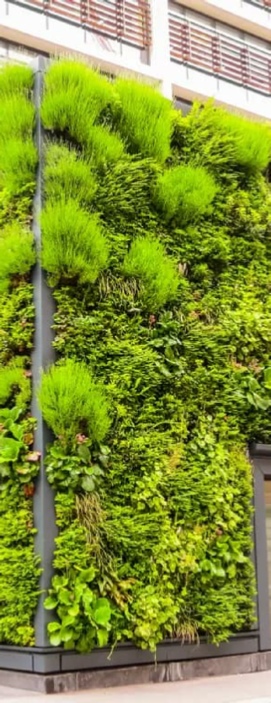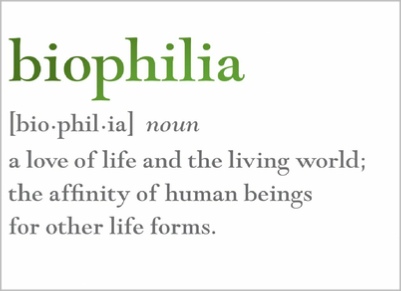
Contact:
11 Mount View
Billericay, Essex CM11 1HB
Alden Rose
ARCHITECTURAL DESIGN

Certified Passive House Consultant
Member of the International Passive House Association
Member of the Passivhaus Trust
enquiries@aldenrose.co.uk
+44 1277 651000
IPHA Membership
ID No. 65104
Copyright 2025 Alden Rose Ltd
Follow Us:



Member
Alden Rose
ARCHITECTURAL DESIGN


Blog
The Green Revolution: Building A Sustainable Future
Why Green Roofs and Living Walls Are the Future of Urban Design 🌱
It’s not just the Passivhaus movement that is shaking up the architectural world, we’re living in the middle of a modern Green Revolution—and it’s not just about organic farming or plant-
But these aren't just pretty features. Green roofs and living walls are powerful tools in the fight against climate change, pollution, and urban sprawl. Biofilia, the latest trend, is greening our homes, offices, and transforming our urban areas for the better.
Let’s take a look at why adding green spaces to buildings is more important than ever.
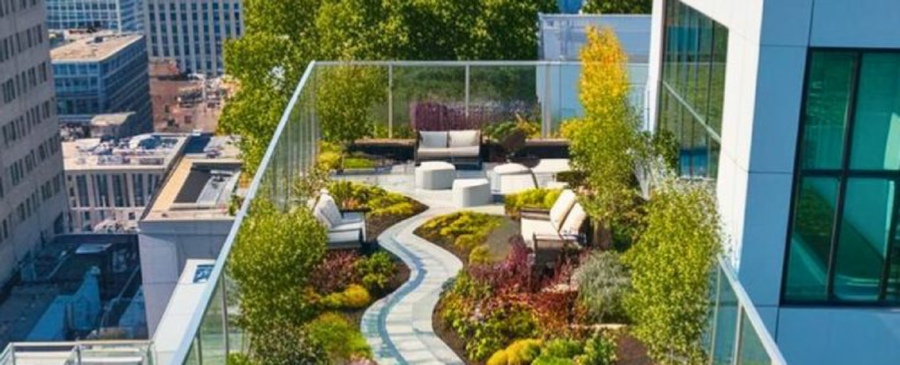
What’s the Big Deal About Green Roofs?
Imagine walking through a city where rooftops are full of native plants, vegetables, and wildflowers. That’s not a utopian dream—it’s a growing trend around the world.
Here’s why green roofs are becoming essential:
🌞 They keep cities cooler
Urban areas trap heat like a frying pan. Green roofs help cool buildings naturally, reducing the "urban heat island" effect and lowering energy bills in the process.
🌧️ They soak up rainwater
Instead of overwhelming the drainage system during a storm, green roofs absorb and filter rain. That means less flooding and cleaner water runoff.
🌬️ They clean the air
Plants on rooftops act as air filters, trapping dust, pollutants, and even carbon dioxide, helping cities breathe a little easier.
💡 They improve energy efficiency
With natural insulation, buildings stay warmer in winter and cooler in summer—meaning less reliance on heating and cooling systems.
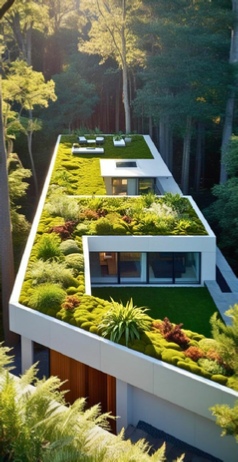
Living Walls:
Vertical Gardens That Do More Than Look Good
You’ve probably seen a living wall at a trendy café or a modern office building, even watching Wimbledon each year -
Living walls (also known as vertical gardens) offer serious environmental benefits:
🌿 They boost mental health
Studies show that exposure to greenery reduces stress, improves mood, and even increases productivity. Who wouldn’t want that in their workspace or home?
🧼 They purify the air
These vertical gardens trap airborne toxins, dust, and carbon, making indoor and outdoor air cleaner.
🔊 They reduce noise
Believe it or not, living walls can act as sound barriers, dampening urban noise pollution in busy neighbourhoods.
🐝 They support biodiversity
Bees, butterflies, and other pollinators love them—especially in cities where green space is limited.
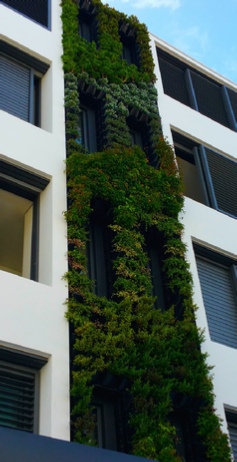
What are the Benefits of Biophilic Design?
- Improved wellbeing and mental health
Exposure to natural elements is proven to reduce stress, improve mood, and support cognitive function.
- Better productivity
In offices, studies show that biophilic design can lead to increased concentration and creativity.
- Healthier indoor environments
Enhanced air quality, natural ventilation, and use of non-
- Sustainability
Biophilic design often overlaps with sustainable architecture, supporting lower energy use and encouraging biodiversity.

Biophilic design is an architectural and interior design approach that connects people more closely to nature within the built environment. The term "biophilia" means “love of life” or “love of living systems,” and was popularised by biologist Edward O. Wilson in the 1980s. Biophilic design harnesses this innate human attraction to nature to improve our health, wellbeing, and productivity.
Following the principles of early biophilic designers including Frank Lloyd Wright from the early 1900s, biophilic designing is taking the global architectural world by storm. It’s not just green roofs and vertical gardens, full biophilic design goes that bit further.
What are the Key Principles of Biophilic Design?
1. Direct connection with nature
This includes incorporating natural elements such as:
- Natural light
- Water features (fountains, ponds)
- Plants and greenery (living walls, indoor gardens)
- Natural materials (wood, stone)
2. Indirect connection with nature
Design elements that mimic nature, such as:
- Nature-
inspired textures, colours, and patterns - Organic shapes and forms
- Naturalistic lighting and airflow
- Sounds and scents associated with the outdoors
3. Space and place
Biophilic design considers how spaces feel and how they encourage comfort and connection. Key ideas include:
- Creating environments with "prospect and refuge" (open views and sheltered spots)
- Designing spaces that change over time (seasonal views, dappled light)
- Evoking a sense of place that feels grounded and calming
Reducing the Heat Island Effect
Walk around any built up area in the height of summer and you can feel the heat radiating from buildings. The Heat Island Effect is a major urban climate issue, not only contributing to our CO2 levels but causing discomfort and health problems.
Cities and towns have replaced natural vegetation over the years with materials like tarmac, concrete, brick and metal. These materials absorb and retain heat during the day, releasing it slowly at night. Dark surfaces such as roads and rooftops absorb the heat at a great rate which radiates off the surfaces making the areas feel even hotter.
Air flows in high density areas are blocked by buildings, trapping the heat until the cooler night air can reduce the temperature, and heat from vehicles, buildings and people add to the pollution that is unable to flow.
Adding green roofs and living walls to homes, offices, and public spaces isn’t just a design trend—it’s a movement. And its a global movement.One that combines innovation, sustainability, and the simple power of nature. They make our cities cooler, cleaner, quieter, and greener. And in a world facing rising temperatures, extreme weather, and pollution, that’s something we can all get behind.
